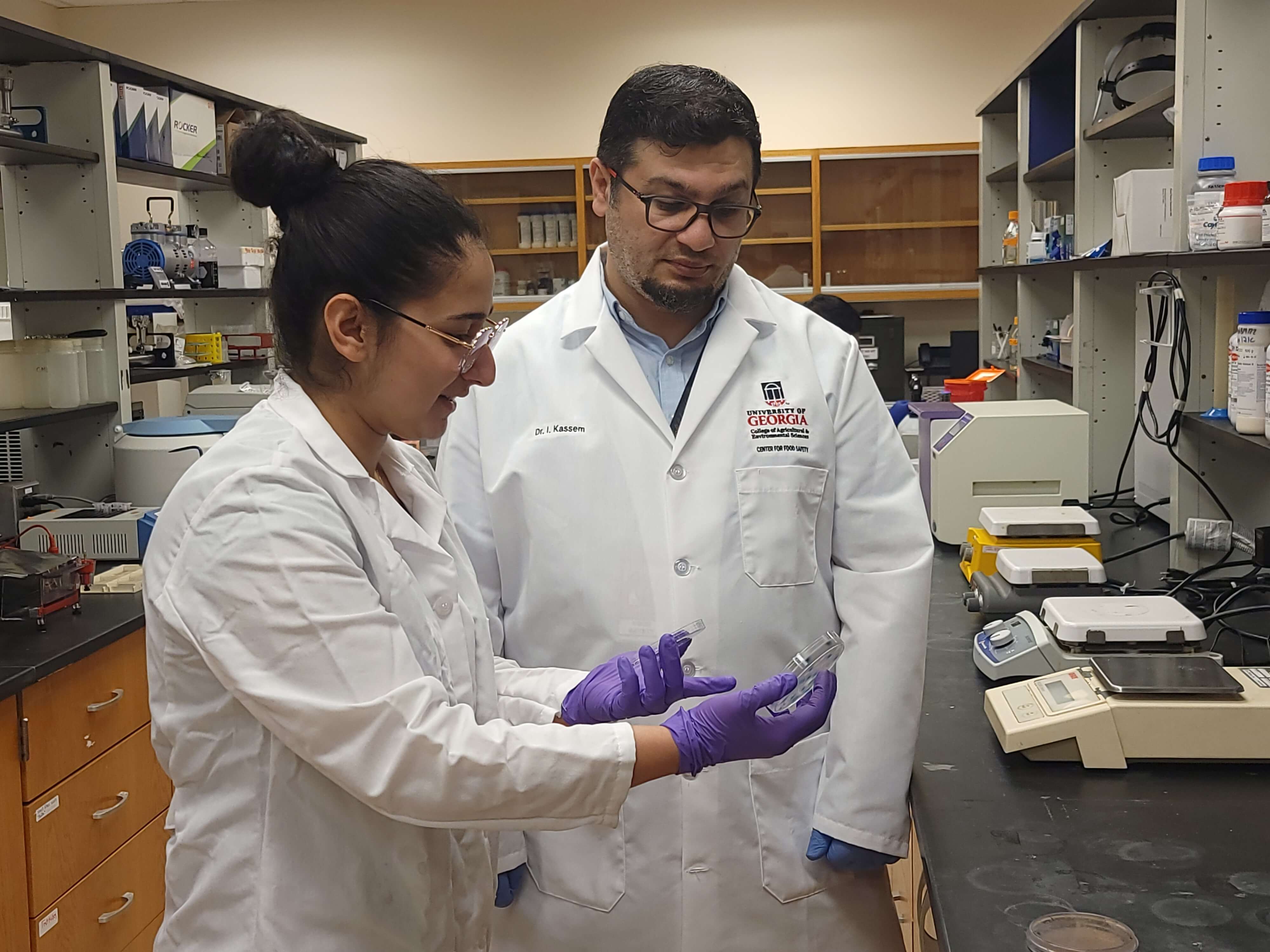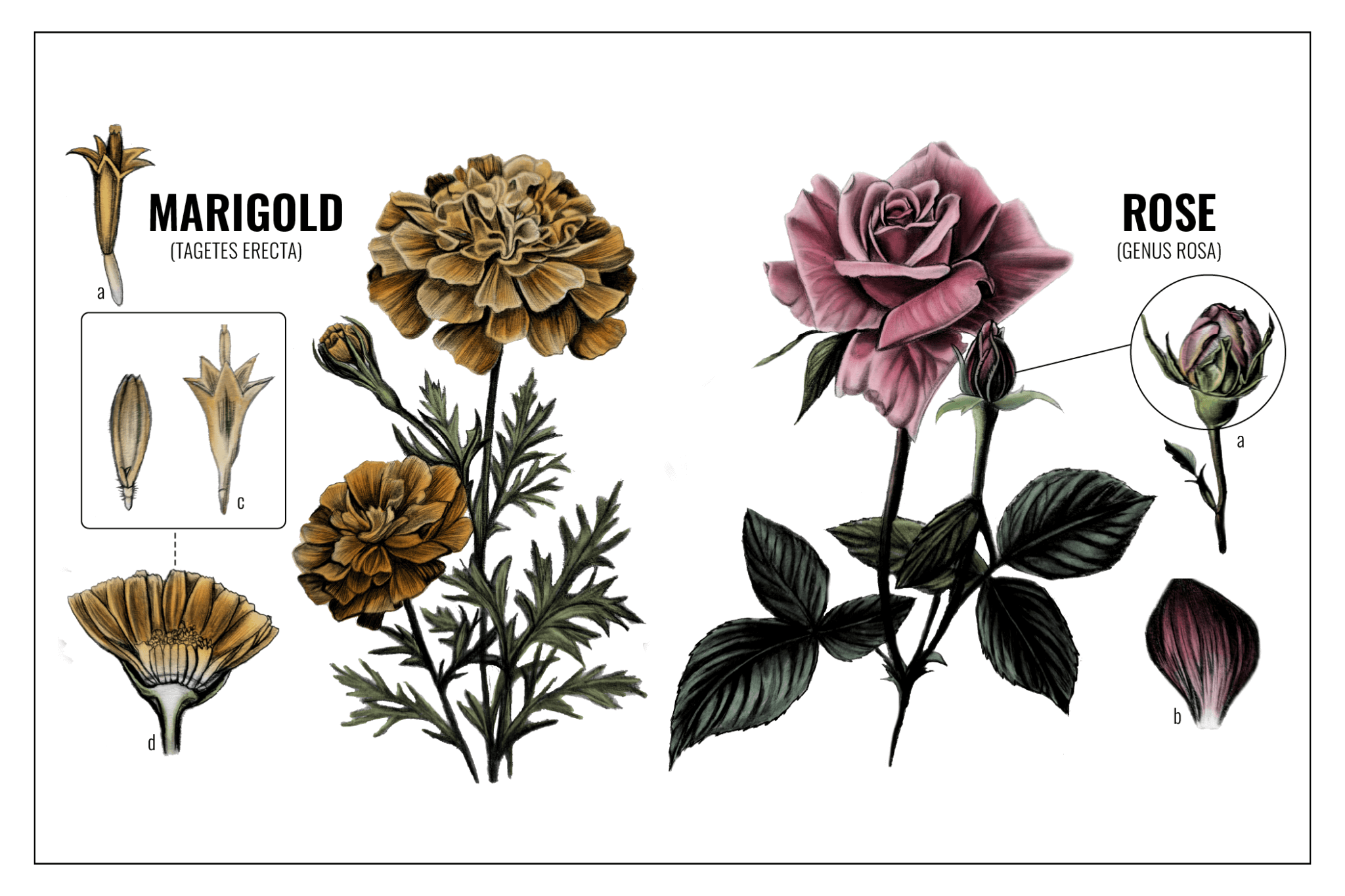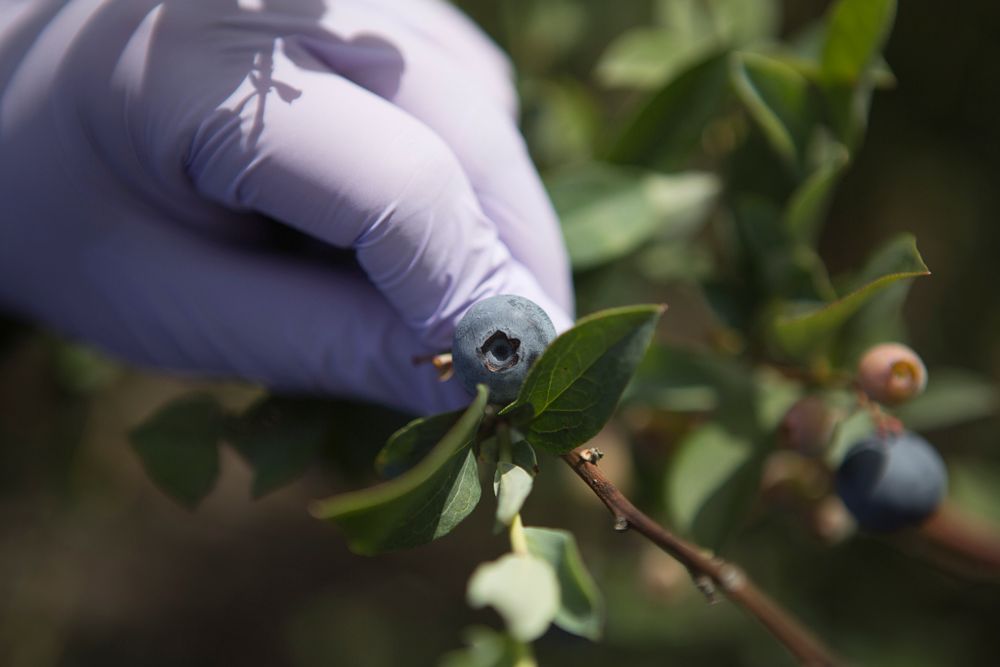Food during the holidays can be both healthy and delicious. University of Georgia Cooperative Extension nutrition specialist Connie Crawley these gives tips to make healthier foods a little easier:
Remember to try these changes beforehand. Some adaptations and recipes will vary in quality.






